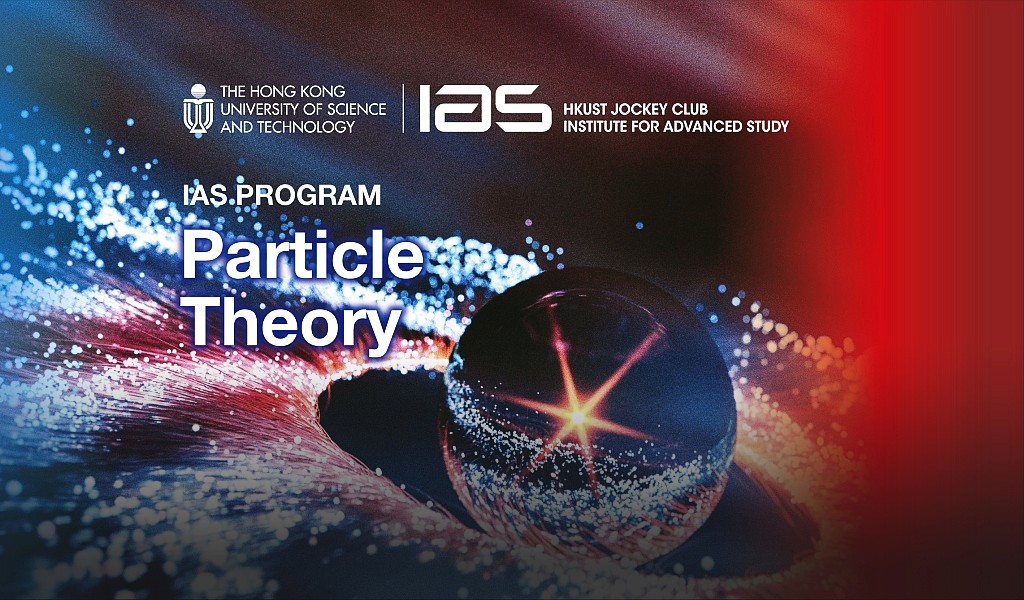Collider Signature and Astrophysics Constraint of Goldstone Bosons
Abstract
Goldstone bosons arising from the spontaneous breakdown of some global hidden symmetries can interact weakly in the early Universe and account for a fraction of the effective number of neutrino species N(eft), which has been reported persistently 1 sigma away from its expected value of three. In this work, the speaker studies in some details a number of experimental constraints on this interesting idea based on the simplest possibility of a global U(1), as studied by Weinberg. He works out the decay branching ratios of the associated light scalar field σ and suggests a possible collider signature at the Large Hadron Collider (LHC). In some corners of the parameter space, the scalar field \sigma can decay into a pair of pions with a branching ratio of order O(1) while the rest is mostly a pair of Goldstone bosons. The collider signature would be gluon fusion into the standard model Higgs boson gg to H or associated production with a W gauge boson in the quark pair annihilation to H W, followed by H to sigma sigma to (pi pi) (2alpha), where alpha is the Goldstone boson.
The speaker calculates the energy loss rates through the emission of these Goldstone bosons in a post-collapse supernova core. Invoking the well established emissivity bound from the Supernova 1987A observations and simulations, he finds that nuclear bremsstrahlung processes can notably impose a bound on the Goldstone boson coupling to the Standard Model Higgs, g, dependent on the mass of the associated radial field, mr. For mr large enough compared with the temperature in the post-collapse supernova core, his bound is |g|≲0.011(m_r/500 { MeV})2, very competitive to that derived from collider experiments.



